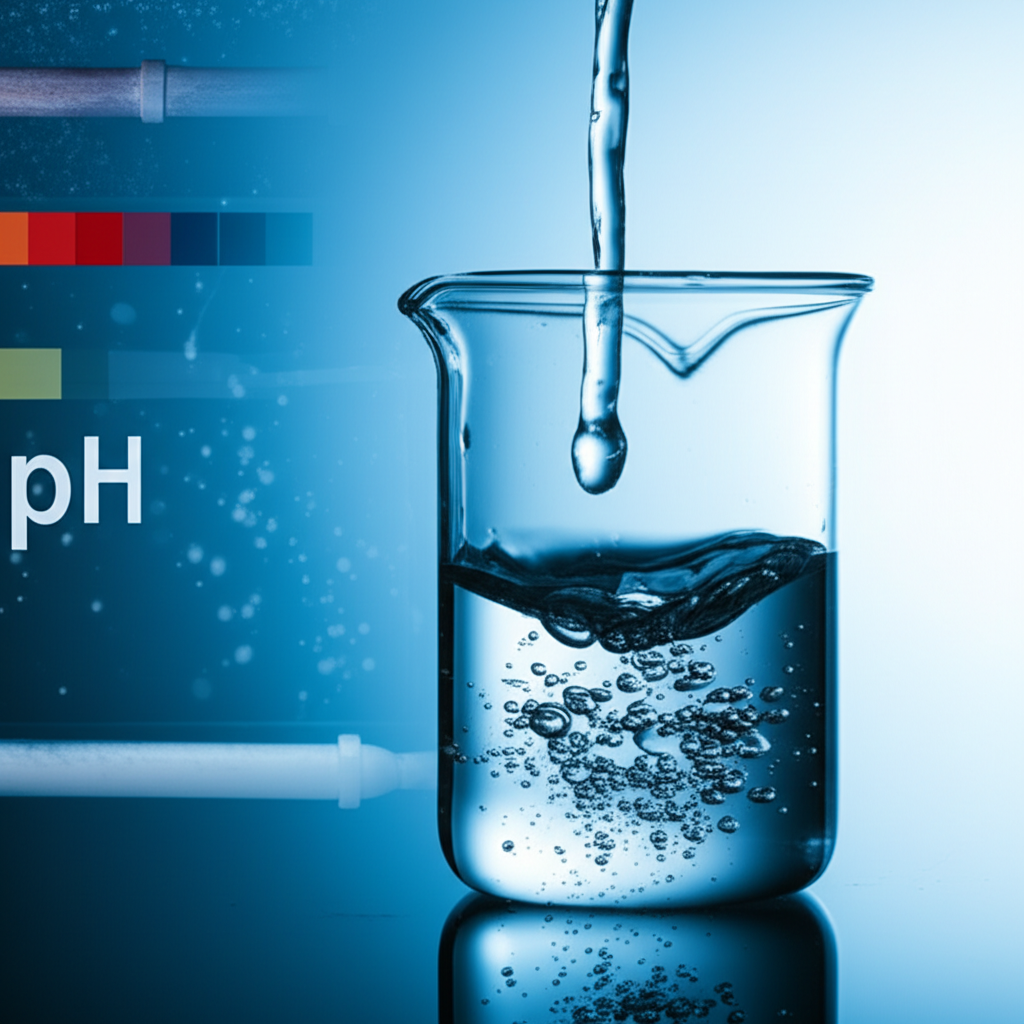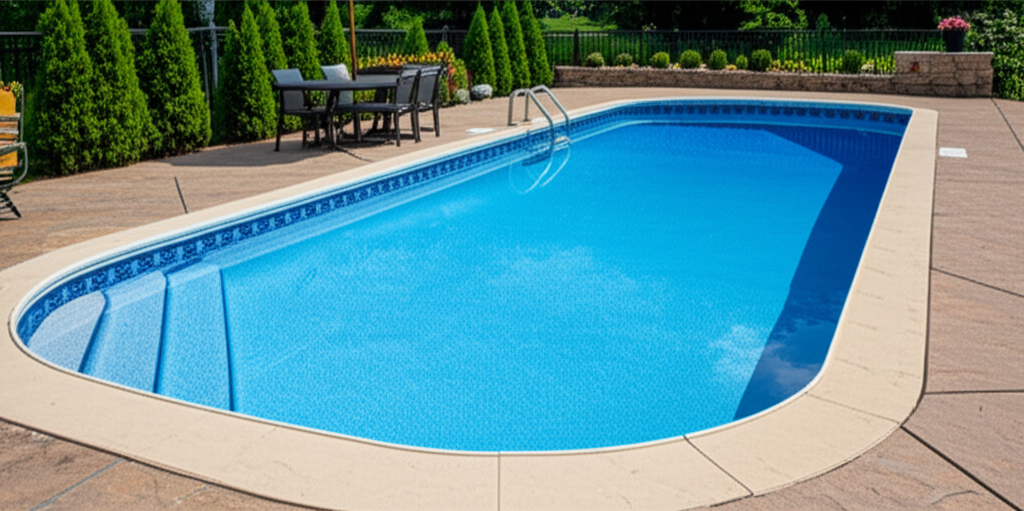- What is the Langelier Saturation Index?
- The Importance of Water Balance
- Calculating the Langelier Saturation Index
- Interpreting Your Langelier Saturation Index Score
- Mastering Water Balance: Practical Adjustments
- Beyond the Langelier Saturation Index
The Langelier Saturation Index, often abbreviated as LSI, is a crucial calculation used to determine the corrosivity or scale-forming potential of water. Developed by Dr. Wilfrid Langelier in 1936, the LSI provides a quantitative measure of whether water is undersaturated, saturated, or supersaturated with calcium carbonate (CaCO3). Understanding and applying the LSI is fundamental to achieving optimal water balance across a multitude of applications, from swimming pools and spas to industrial cooling systems, boilers, and potable water distribution networks.
What is the Langelier Saturation Index?
At its core, the LSI predicts the tendency of water to either dissolve calcium carbonate (corrosive water) or precipitate it out of solution (scale-forming water). Calcium carbonate is a key indicator because it’s present in nearly all natural waters and its solubility is highly dependent on several environmental factors. When water is perfectly balanced according to the LSI, it is neither corrosive nor scale-forming. This ideal state ensures the longevity of plumbing, equipment, and structural components that come into contact with the water.
The Importance of Water Balance
Achieving proper water balance is paramount for several reasons. Unbalanced water can lead to significant operational issues and costly damage.
Corrosion: Water with a negative LSI is corrosive. It will actively seek to dissolve minerals, including metals from pipes, heat exchangers, and other system components. This leads to premature equipment failure, leaks, inefficient heat transfer, and potentially unsafe water quality due to the leaching of heavy metals. In swimming pools, corrosive water can damage plaster, liners, and equipment, as well as irritate swimmers’ eyes and skin.
Scaling: Conversely, water with a positive LSI is scale-forming. It indicates that the water is supersaturated with calcium carbonate, which will precipitate out of solution and form hard deposits (scale). Scale build-up on surfaces reduces the efficiency of heat exchangers, clogs pipes, impairs flow rates, and increases energy consumption. In pools, scale manifests as rough surfaces, cloudy water, and deposits on equipment.
Maintaining the correct LSI ensures that water systems operate efficiently, last longer, and provide safe and effective service. It’s a proactive approach to managing water chemistry.
Calculating the Langelier Saturation Index
The LSI is calculated using five key water parameters, each influencing the solubility of calcium carbonate:
1. pH: The actual pH of the water sample.
2. Temperature: Water temperature significantly affects calcium carbonate solubility; hotter water tends to be more scale-forming.
3. Calcium Hardness (CH): The concentration of dissolved calcium in the water.
4. Total Alkalinity (TA): The water’s ability to resist changes in pH, primarily due to bicarbonate and carbonate ions.
5. Total Dissolved Solids (TDS): The total concentration of all dissolved substances in the water, which affects ionic strength.
The general formula for LSI is:
LSI = pH + AF + CF + TF – (log TDS)
Where:
pH = Actual pH of the water
AF = Alkalinity Factor (based on Total Alkalinity)
CF = Calcium Hardness Factor (based on Calcium Hardness)
TF = Temperature Factor (based on Temperature)
log TDS = Logarithm of Total Dissolved Solids
Each factor (AF, CF, TF) is derived from specific tables or charts that adjust for the respective parameter’s impact on carbonate solubility. While the exact calculation requires these tables or specialized calculators, understanding the contributing factors is essential.
Interpreting Your Langelier Saturation Index Score
Once calculated, the LSI score provides a clear indication of water tendencies:
LSI = 0: This indicates perfectly balanced water. The water is saturated with calcium carbonate and is neither scale-forming nor corrosive. Maintaining a precise LSI of 0 is challenging, so a target range close to zero is often preferred (e.g., -0.3 to +0.3).
LSI > 0 (Positive Score): The water is supersaturated with calcium carbonate and has a tendency to form scale. The higher the positive number, the greater the scaling potential.
LSI < 0 (Negative Score): The water is undersaturated with calcium carbonate and is corrosive. It will actively dissolve metals and other materials to reach saturation. The more negative the number, the more corrosive the water.
Mastering Water Balance: Practical Adjustments
To achieve and maintain the desired LSI, operators can adjust the various water parameters:
Adjusting pH:
To increase pH: Add a base (e.g., soda ash, sodium carbonate).
To decrease pH: Add an acid (e.g., muriatic acid, sodium bisulfate).
Adjusting Calcium Hardness:
To increase CH: Add calcium chloride.
To decrease CH: Dilution with softer water (more challenging to do in isolation).
Adjusting Total Alkalinity:
To increase TA: Add sodium bicarbonate (baking soda).
To decrease TA: Add acid (which also lowers pH, so careful balancing is needed).
Adjusting Temperature: This is often a fixed environmental factor, but its impact on LSI must always be considered in calculations.
* Adjusting TDS: TDS is generally allowed to fluctuate within acceptable ranges, though very high TDS can reduce the LSI, masking potentially corrosive conditions.
In practice, adjusting one parameter often affects others, requiring careful monitoring and iterative adjustments to achieve the desired water balance. For instance, adding acid to lower pH will also typically lower alkalinity.
Beyond the Langelier Saturation Index
While the LSI is a foundational tool, other indices, such as the Ryznar Stability Index (RSI) and the Puckorius Saturation Index (PSI), have also been developed. These indices often share similar parameters with the LSI but use different weighting or calculation methods to predict scale formation or corrosion. However, the LSI remains widely recognized and utilized due to its simplicity and effectiveness.
In conclusion, understanding and actively managing the Langelier Saturation Index is not merely a technical exercise; it’s a critical component of responsible water management. By maintaining proper water balance, industries and homeowners alike can prevent costly damage, ensure operational efficiency, extend the lifespan of equipment, and promote healthier, safer water environments. Mastering the LSI truly means mastering water balance.




